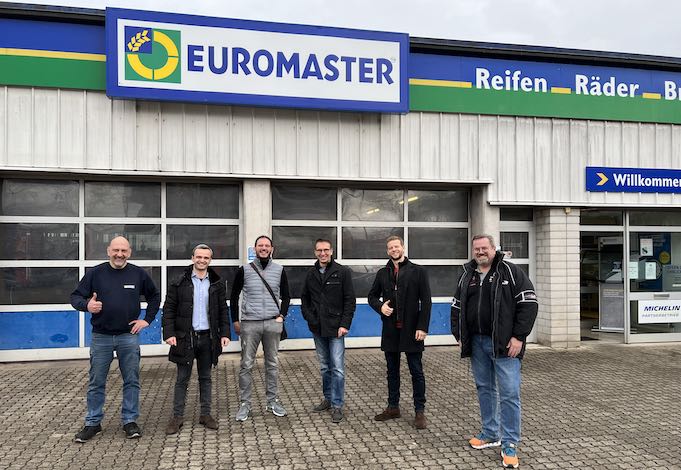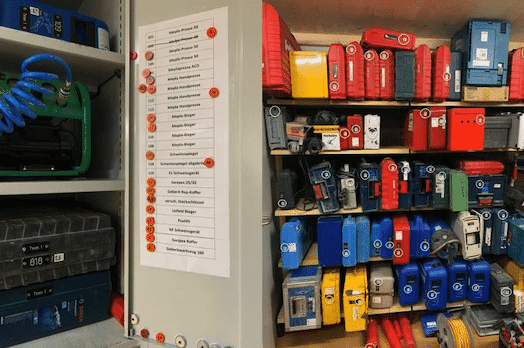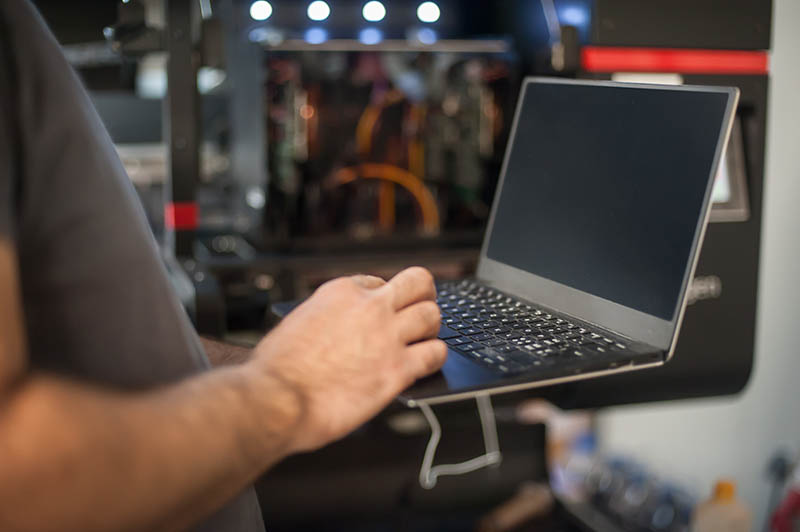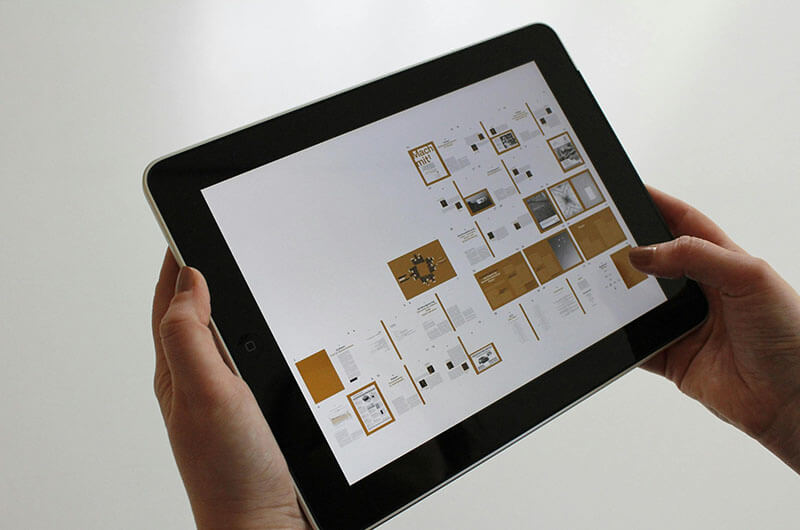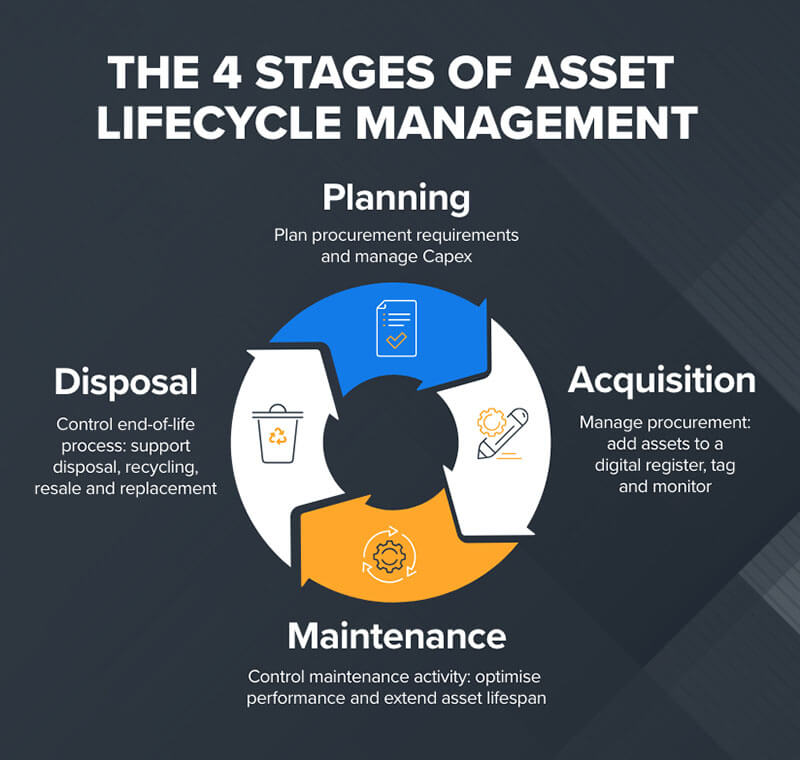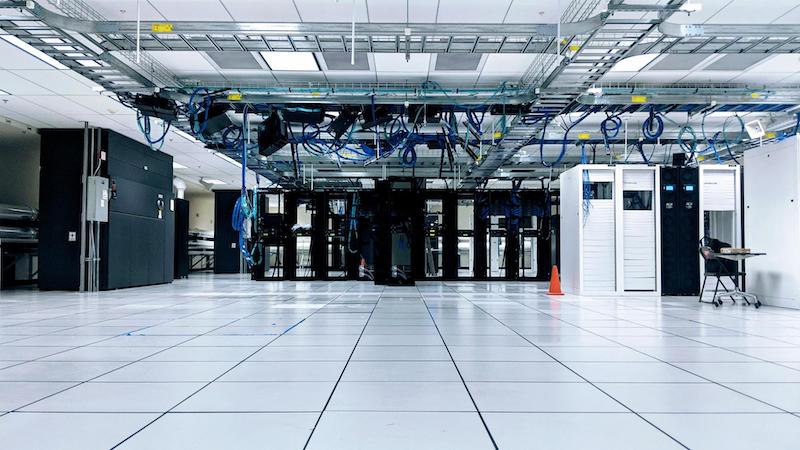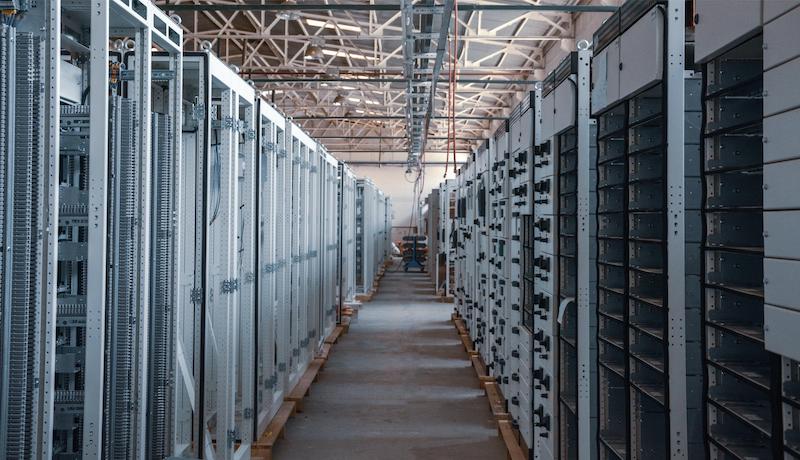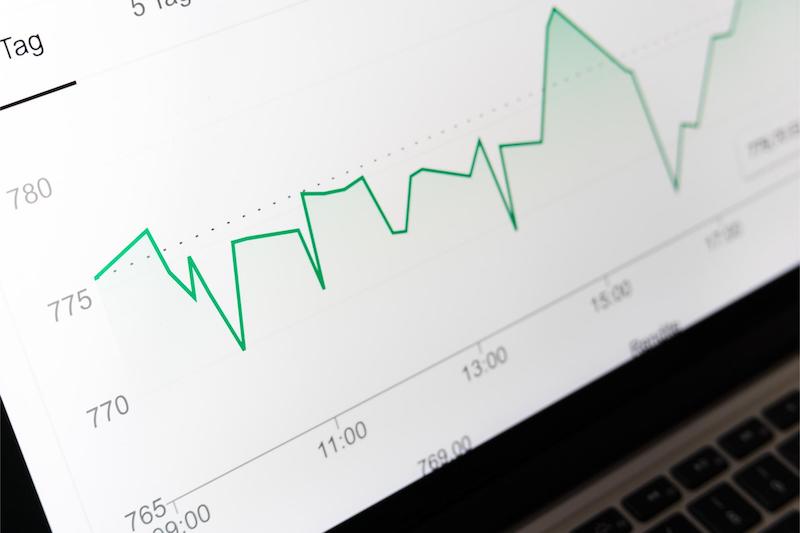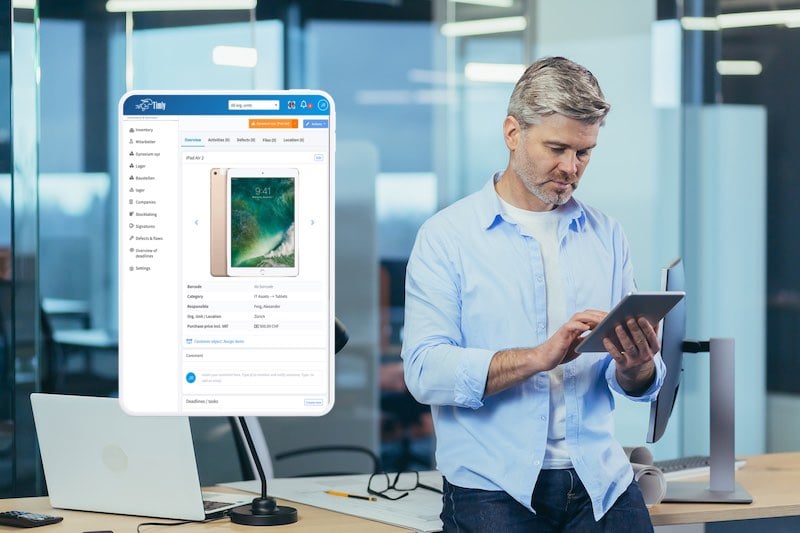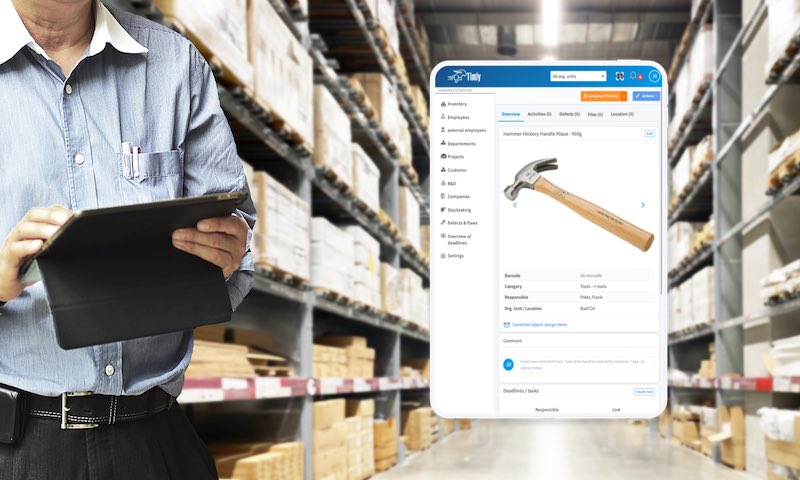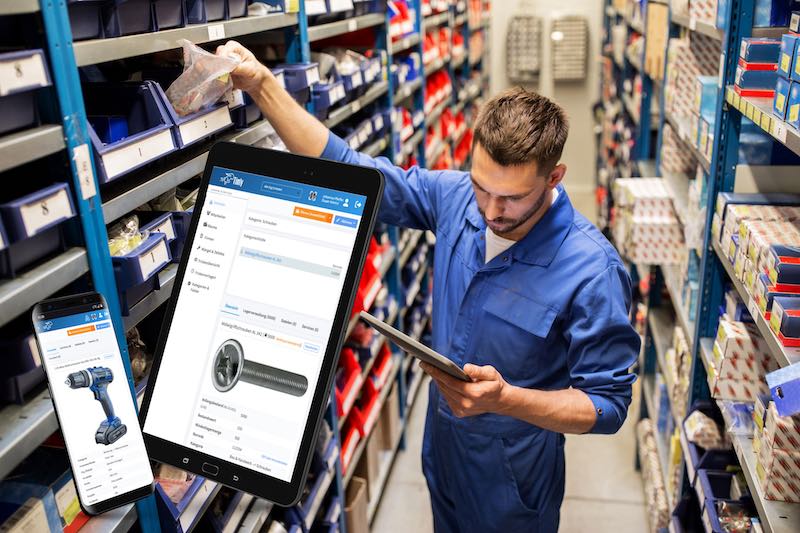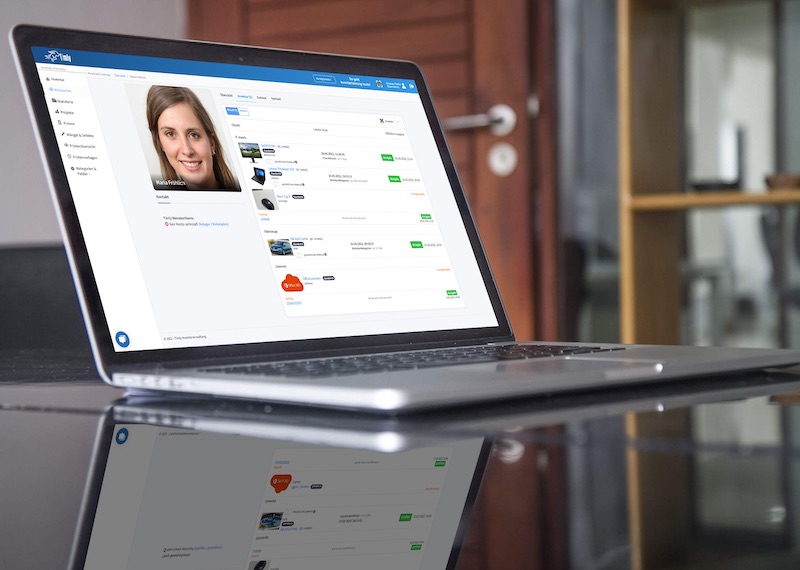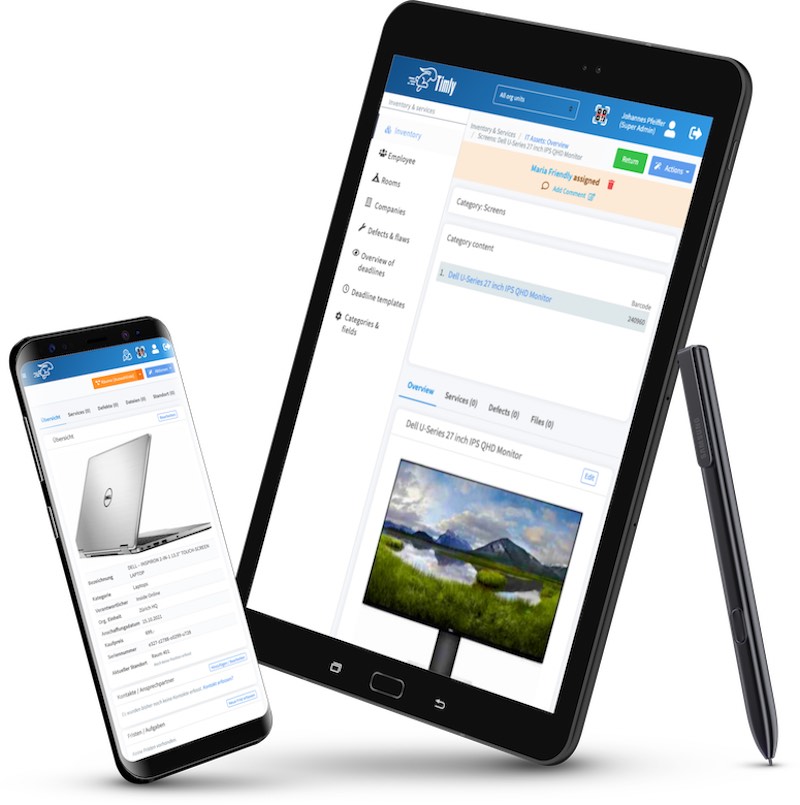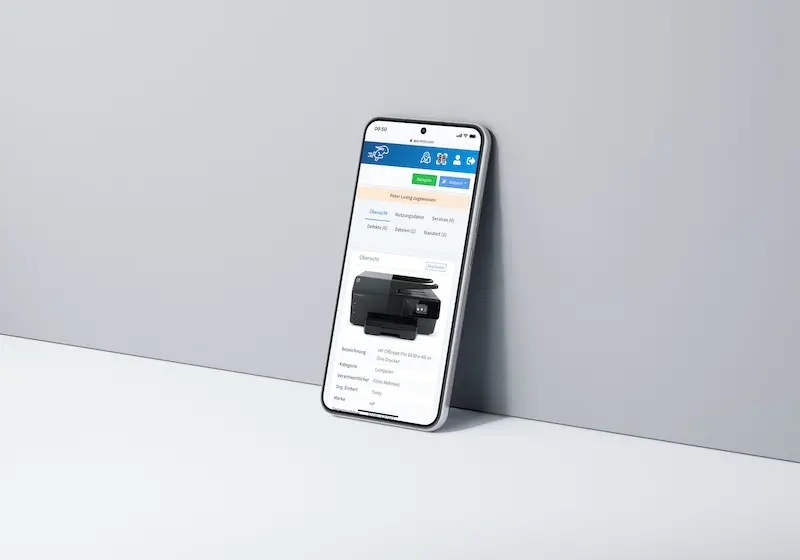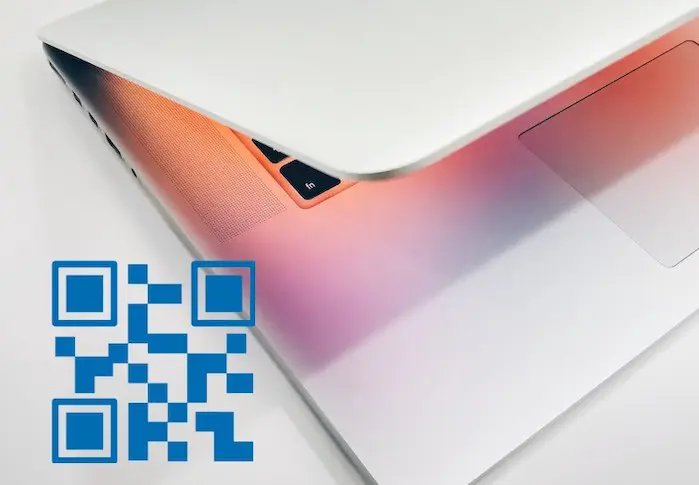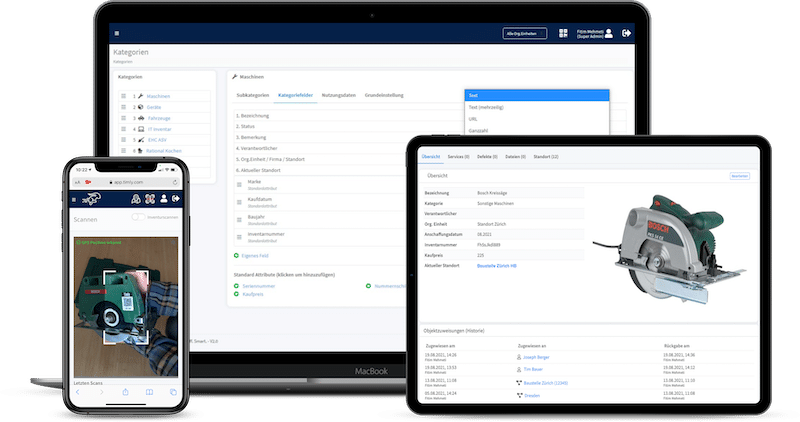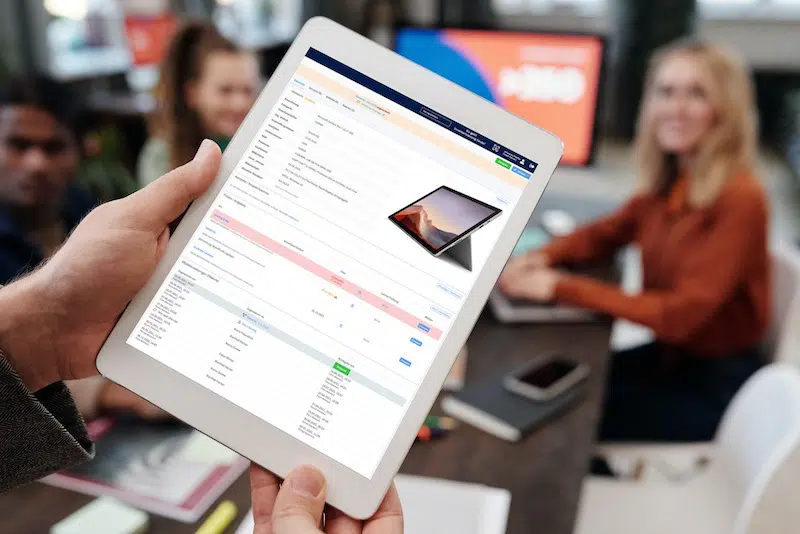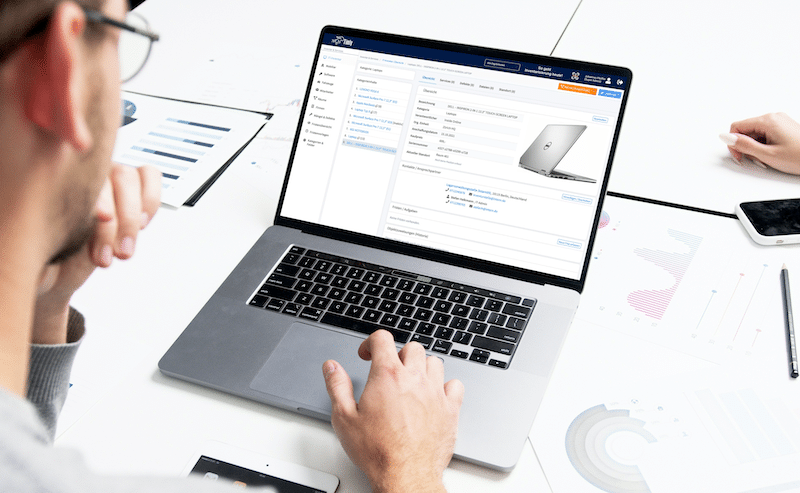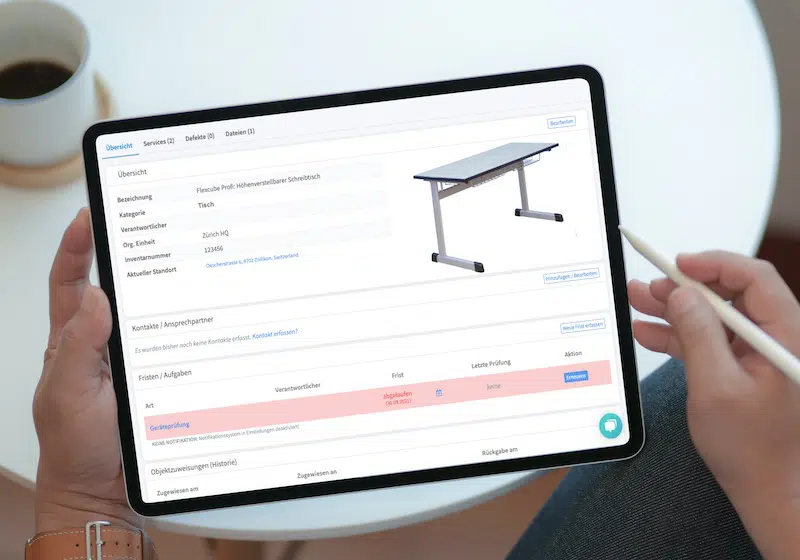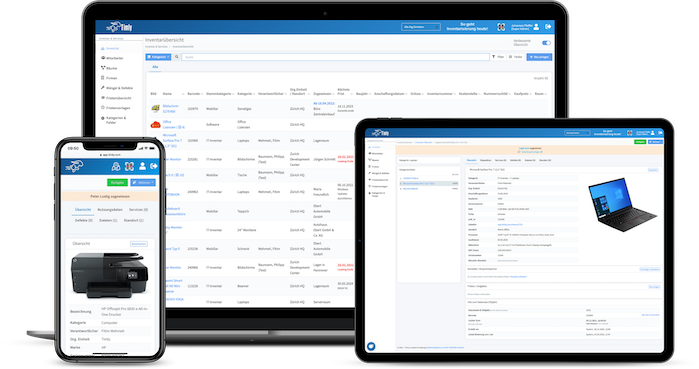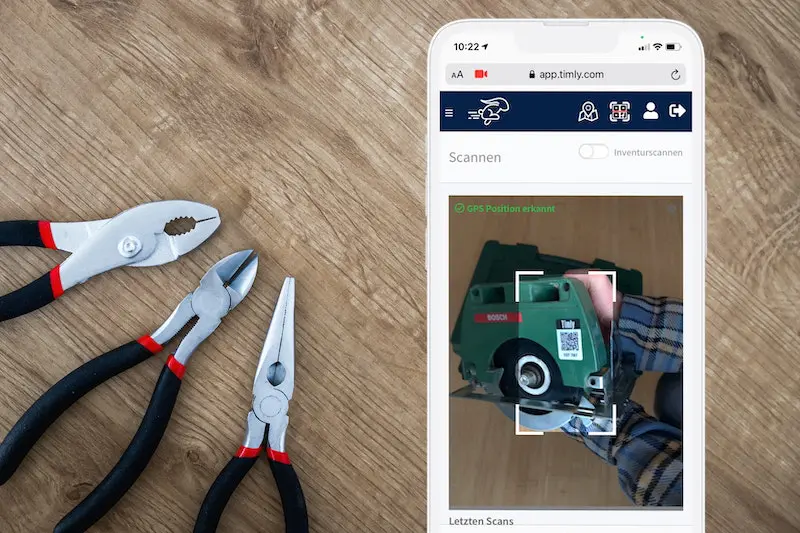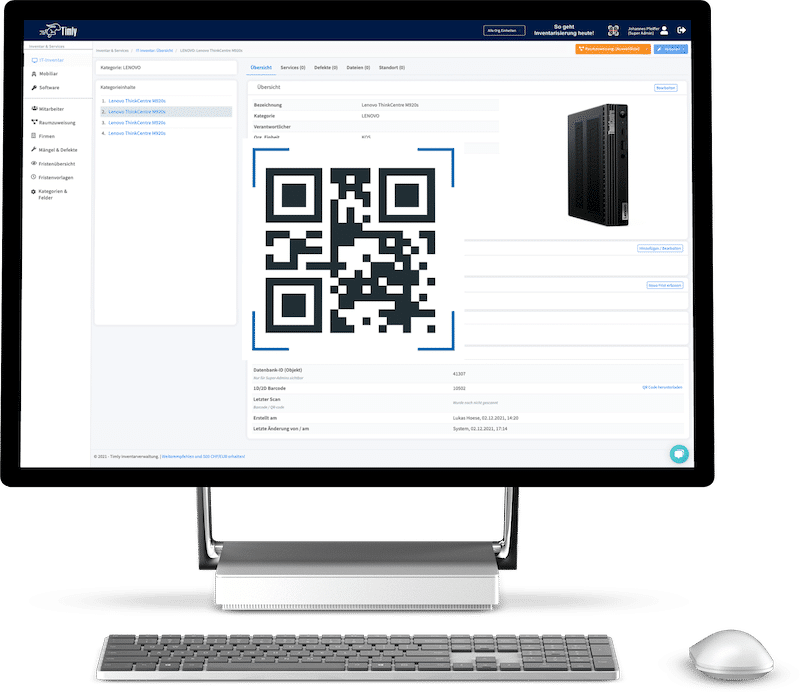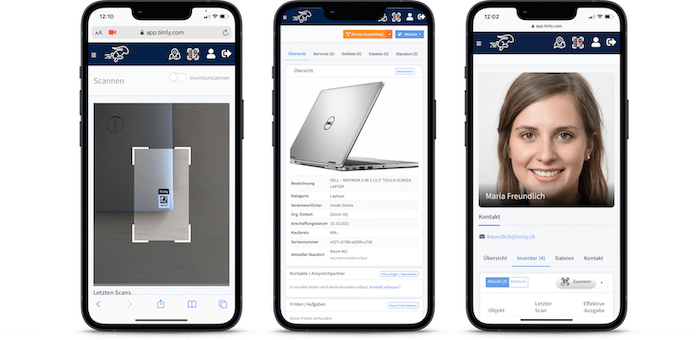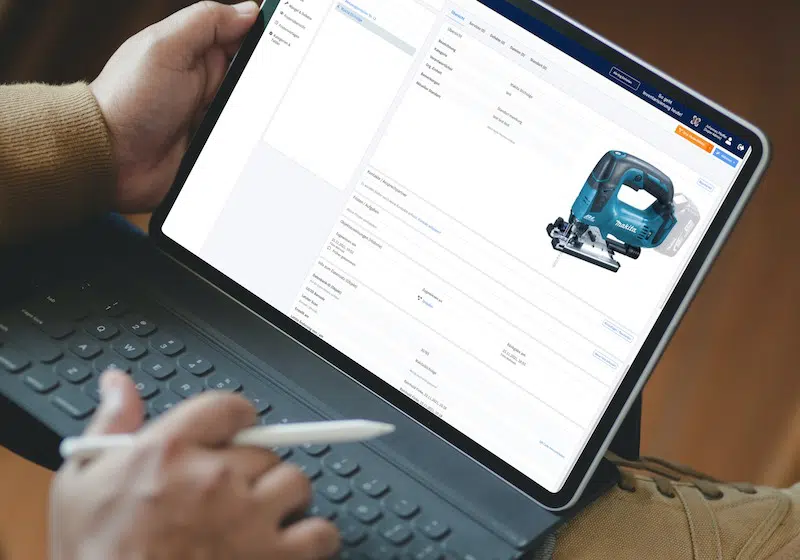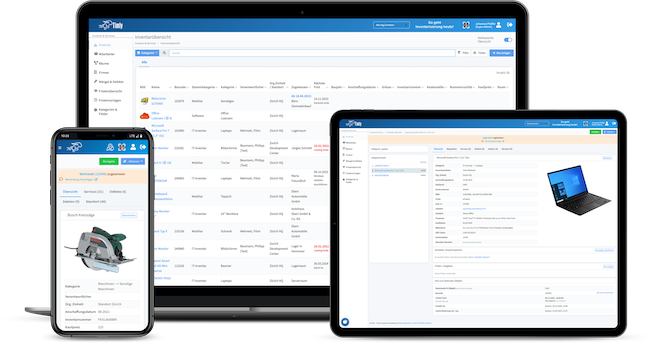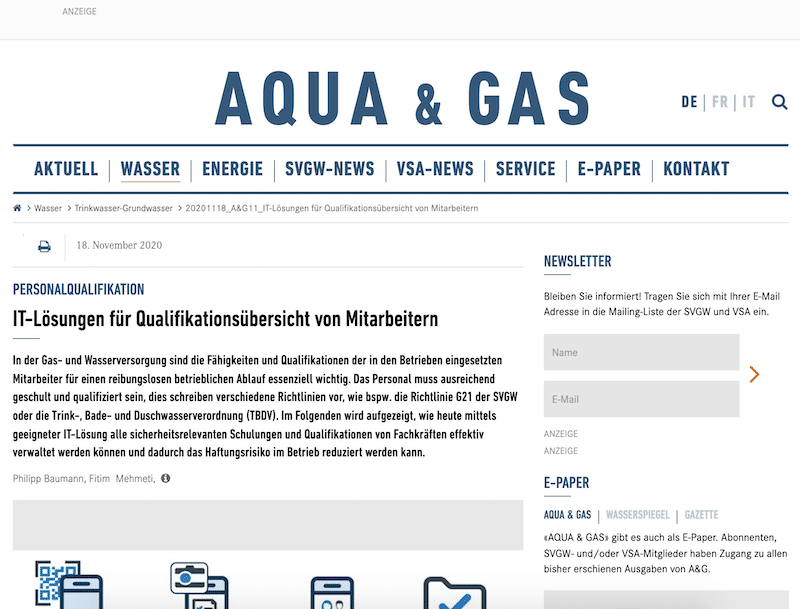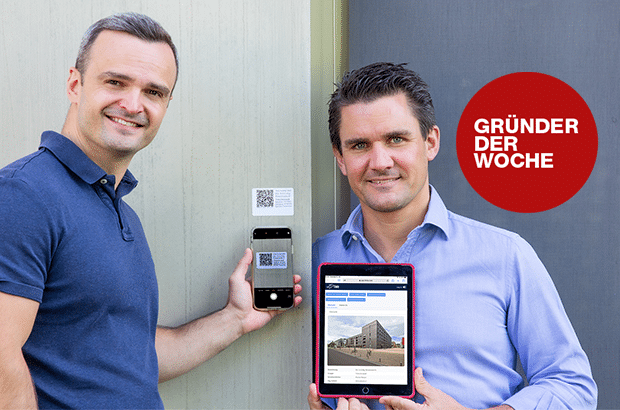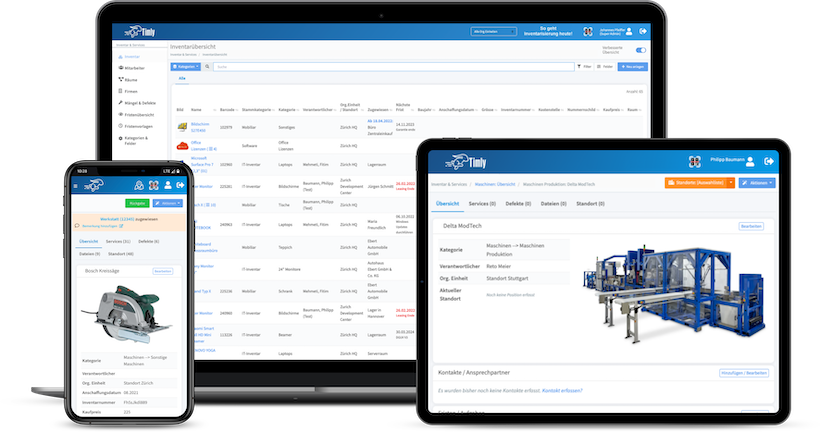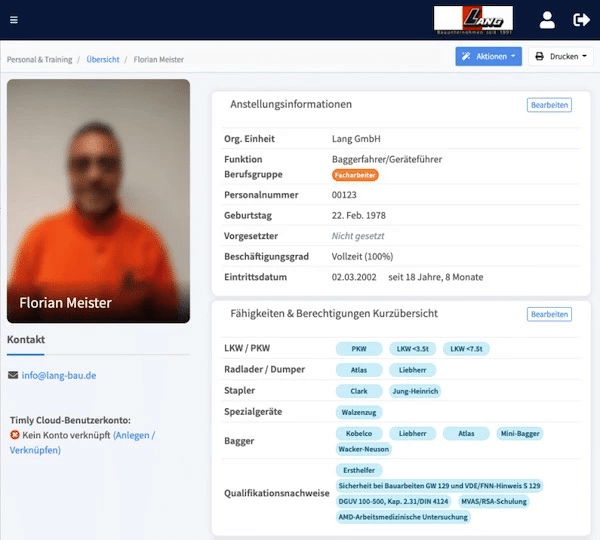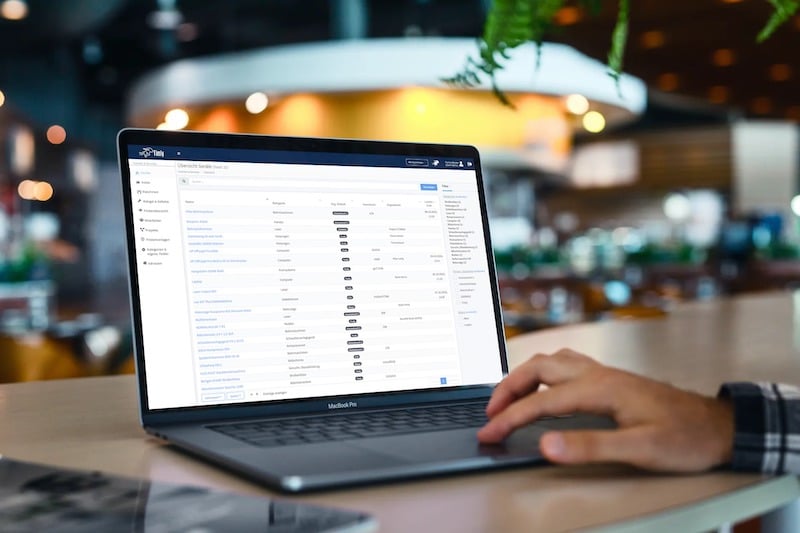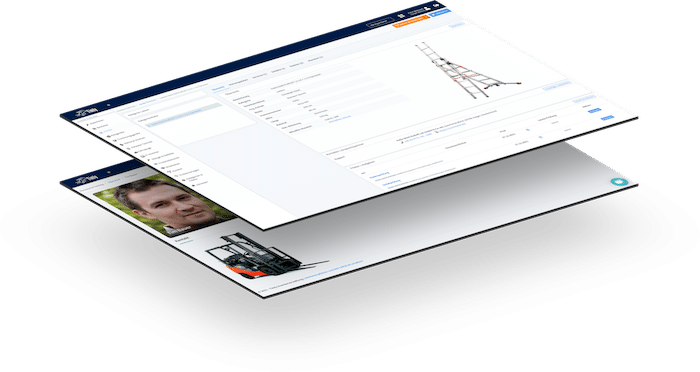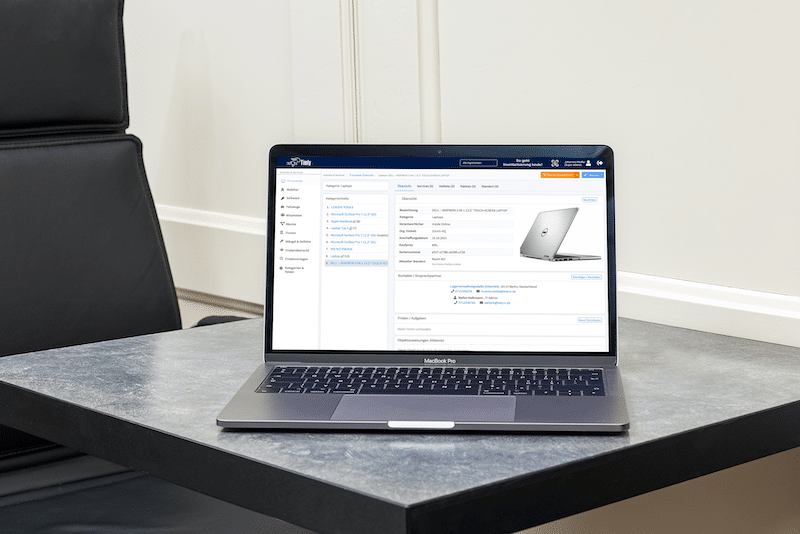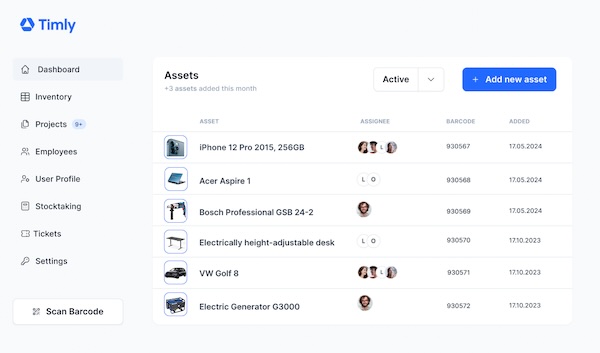
Key Takeaways:
- Inventory management software (IMS) is an application that assists in tracking supply chain management.
- Various types of IMS systems include barcode tracking, perpetual inventory analysis, and radio frequency identification.
- Inventory management software is essential for enhancing workflow efficiency and resource management.
- Among the inventory management systems available, Timly offers real-time access, facilitating optimal asset management.
In This Article:
- What Are Examples of an Inventory Management System?
- What Are Examples of Inventory Management Software?
- What Constitutes an Inventory Management System?
- What Are the Differences Between an Inventory Management System and a Non-digital One?
- Asset Management Software in Use by Our Customers
- Is SAP an Inventory Management System?
- Why Do You Need an Inventory Management Software? Exploring the Necessity
- Frequently Asked Questions About Inventory Management System Examples
What Are Examples of an Inventory Management System?
An inventory management software is designed to serve as a pivotal tool to assist large and even small businesses in having an inventory checklist of their products, the orders that have been placed and gone out, sales targets and achievements that have been accomplished for the week, month, and year, and even identifying supply chain needs. It also assists in managing a company’s financial transactions with its planning and budgeting needs. In one word, an inventory management system is essential to optimizing operations:
- Item Availability: With Timly, you will be able to know and track the number of products left, the location of your product, and when each item needs to be restocked. This would allow for more secure and accessible asset management.
- Documentation and Reporting: By using an inventory management software like Timly’s, not only would you be able to generate accurate documentation, but you would also be able to report how many items are available, which stocks are highly in demand and profitable, and you would also be able to analyze and forecast the management of stock inventory.
- Workflow Management: Checking stocks manually is a thing of the past. You would also be able to identify which items need more focus, where more manpower is needed, for example, at the warehouse, and which sections would require less focus.
Selecting the best inventory management software is imperative for your organization. Additionally, you’ll need to understand how to manage IT asset inventory and choose the appropriate inventory software to ensure it’s tailored to your needs, such as Timly.
Real-World Applications:
To grasp the magnitude of an inventory management system, you will need to understand how this state-of-the-art software benefits businesses of all sizes. This will help you realize that this software is scalable, user-friendly, and customizable.
Logistics
Healthcare
The healthcare sector greatly benefits from using inventory management software such as Timly’s to manage products in real-time. For example, pharmaceutical companies can identify products that are in stock to be sent out to hospitals and stocks that need to be replenished in their inventory. By using IMS, companies can categorize products and analyse which garners the highest purchase.
E-commerce
When operating an e-commerce business, it is crucial to inform customers whether an item is available or not. Therefore, a comprehensive system, such as inventory management, must identify and track availability and manageability.
How Do You Compare Inventory Management Software Solutions?
When comparing inventory management software solutions, you will need to consider various factors, such as interface, cost, and customization. These are important aspects that would suit your business needs and requirements.
- Interface: You will need to consider if the inventory software interface is intuitive and easy to use, like Timly. The right inventory software will increase efficiency and help reduce time constraints when teaching users how to use the application.
- Cost: This is the most important factor when selecting inventory management software. It’s not about whether the product is expensive or cheap, but rather the features it provides. Therefore, take into consideration if there are hidden charges, subscription fees, or upfront payments when using features or requesting customization of features for the software.
- Customization: In every scalable business, there comes a point when customization of inventory management software becomes necessary. The key is to ensure that the application can integrate or enhance workflows, add extra fields, and customize reports for different stakeholders and clients.
Therefore, by carefully considering the above factors, such as interface, cost, and customization, you will ensure that the inventory management system in place caters to your business needs while also factoring in future growth.
What Types of Inventory Management Softwares Are There?
Barcode Tracking
Barcode tracking is an intuitive and smart system that scans products and then reads and analyzes them. This type is beneficial because once the product is scanned, it is then audited and thus analyzed, and a report is provided.
Radio Frequency Identification (RFID)
Radio Frequency Identification (RFID) uses wireless technology to manage devices by providing a specific number to each item. This is widely used in warehouses as it manages incoming and outgoing products by scanning them.
Always Better Control (ABC) Analysis
What Are Examples of Inventory Management Software?
Choosing the right automated inventory management software is crucial in industries such as manufacturing, warehouse, and retail management. Each piece of software comes with its own unique capabilities and features. Here are some examples of inventory management software for you to consider:

Manufacturing Inventory Management
When working with materials in a manufacturing company, you will require inventory management. This is because you need to know what work is being done and the raw materials required to deliver or produce goods.
Warehouse Inventory Management
The most crucial aspect of a warehouse is identifying the location of goods. Inventory management software like Timly offers a multi-location support feature, making the task of finding goods efficient.
Retail Inventory Management
In the retail industry, it is important to ensure that products are not out of stock. The automated recording feature ensures that there are no excess products and that inventory is always up-to-date.
Over 600 Companies, Schools and Cities Rely on Timly
(No credit card required)
What Constitutes an Inventory Management System?
By reading through this article, you can gather that an inventory management software provides visibility on the stock’s availability and amount, right up to managing the entire supply chain. However, what distinguishes an inventory management software system from a non-digital system is its ability to locate and distribute products. Moreover, an inventory management system has the added advantage of providing search functions, system integration, and being cloud-based, thus providing data security.
What Are the Differences Between an Inventory Management System and a Non-digital One?
There is a stark difference when we compare an Inventory Management System to a non-digital one:
- Storage Capabilities: Inventory management software is cloud-based, allowing it to use a single platform to identify assets from any part of the world. In contrast, manual systems are prone to inaccuracy and human error.
- Search Function: Using the search function on an inventory system makes it easy to locate products with keywords or tags. If done manually, it would take an inordinate amount of time.
- Security Control: Inventory management systems provide security with login details and secure encryption, while manual systems require limited access and safety mechanisms.
- Ease of Integration: Integration is the focus when using an inventory management system, making it easy to integrate with other management systems. However, this is unlikely with a manual system.
Examples of a Manual Inventory Management System
Companies are prevalent when it comes to implementing inventory management systems. Nevertheless, certain businesses continue to rely on manual systems, despite their lack of scalability and efficiency. Here are some examples of a manual inventory management system:
- Maintenance logs
- Manual filing systems
- Manual inventory logs
Asset Management Software in Use by Our Customers
The Timly software is continuously evolving to meet the needs of our customers. In various success stories, we show you how Timly optimizes processes in companies, thereby saving significant effort. With Timly, inventory management becomes child’s play.

Optimized Device Management With Innovative Self-Inventory
SodaStream is the world market leader for water sparkling systems for domestic use and has a lot of IT equipment at its various locations. Many colleagues now work from their home offices. A digital solution for the efficient management of IT end devices became necessary...
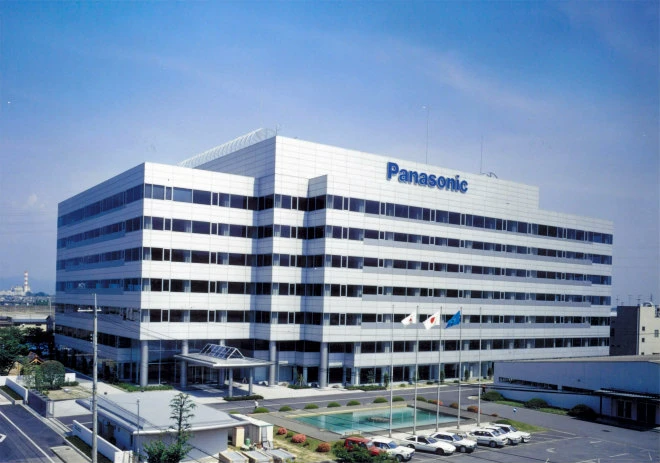
Panasonic x Timly: Driving Technological Innovation
One of the most remarkable aspects of human ingenuity is our ability to innovate. Innovation is embedded in the DNA of consumer electronics giant Panasonic, which has diversified into a number of sectors, from heavy industry to construction...
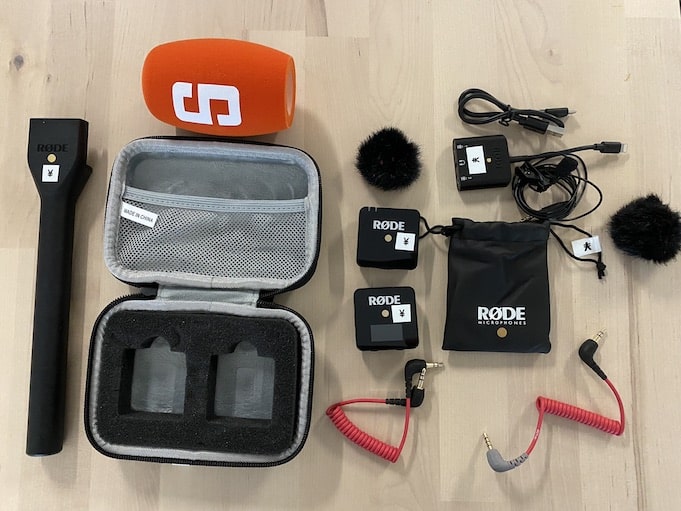
Manage Video Equipment Efficiently Without Much Effort
The Hamburg media company always does outstanding journalistic work and is characterized by independent reporting. In order to maintain journalistic quality, the teams work with highly specialized devices – these need to be managed efficiently...

Smart City Asset Management – Timly in Use at DIGOOH
The core business of DIGOOH Media GmbH in Cologne is to manage digital city light posters (DCLP) for outdoor use in various cities in Germany. The challenge here lies in making the client’s communication message always available at the right time, in the right place...
(No credit card required)
Is SAP an Inventory Management System?
SAP is an inventory management system that mainly focuses on physical assets and not digital asset management, making it feasible for asset management. SAP focuses on product availability, movement of products in and out of the facility, and products that incur high costs, as well as production that is placed on hold due to a lack of materials.
Why Do You Need an Inventory Management Software? Exploring the Necessity
Organizations need to ensure the transparency and accuracy of products within their inventory system. This entails understanding both the concept of why does asset management matter and the reasons for requiring an inventory management system.
Operational Efficiency
Inventory management software ensures that everything is in one place, which helps track down products in the inventory. Moreover, it uses algorithms to forecast and map inventory assets, thus optimizing inventory management and operational efficiency. It also manages orders and allows for tracking sales and purchase orders, which helps identify redundant products and processes and helps reduce expenses within the business.
Asset Security and Compliance
Inventory management software not only enhances operational efficiency but also ensures asset security and compliance. Robust security credentials are necessary to grant authorized personnel access to information about physical assets. By integrating additional technology like barcode scanning, assets can be managed and tracked with ease and efficiency. Furthermore, compliance becomes an added advantage, as each product is tagged and monitored, facilitating adherence to terms and conditions.
Frequently Asked Questions About Inventory Management System Examples
What Are Examples Of An Inventory Management System?
Examples of inventory management systems vary, but they can generally be categorized into four main types: just-in-time management (JIT), materials requirement planning (MRP), economic order quantity (EOQ), and days sales of inventory (DSI). It’s important to note that these differ from digital asset management system examples.
What Are Examples of Inventory Management Software?
There are many types of inventory management software available on the market. Each of these software solutions comes with its unique features and functions. Some of the top inventory management software options currently available on the market include Odoo, Fishbowl, and Timly.
Recommended for You:
Book an online demo - free and without obligation - or create your free trial account directly.






